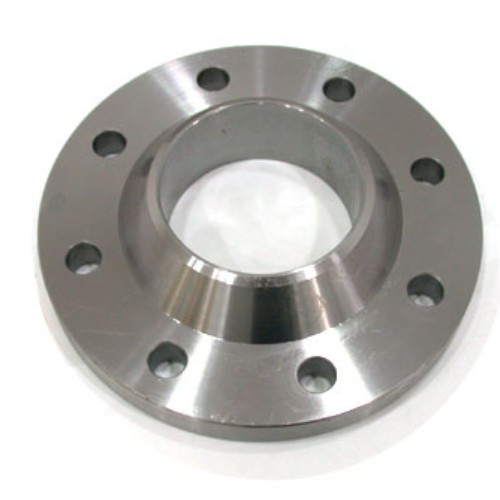Exploring Various Flange Types and Their Applications in Industrial Systems and Engineering
Understanding Different Flange Types
Flanges are mechanical components that play a crucial role in piping, connecting pipes, valves, pumps, and other equipment to form a piping system. They provide a reliable way to create secure and leak-proof seals, ensuring the smooth operation of various industrial systems. The choice of flange type is vital, as different applications require specific characteristics to meet operational demands. This article explores several common flange types, their uses, and their unique features.
1. Slip-On Flanges
Slip-on flanges are one of the most straightforward types of flanges, designed to slide over the end of a pipe. They are welded both inside and outside to provide strength and prevent leakage. The simplicity of their design makes them easy to install, which is one reason they are often used in low-pressure systems. However, their limitations include a relatively lower pressure capacity, making them less suitable for high-pressure applications.
2. Weld Neck Flanges
Weld neck flanges are widely recognized for their superior strength and excellent performance in high-pressure and high-temperature environments. They feature a tapered neck, which gradually increases in diameter to connect seamlessly with the pipe. This design minimizes stress concentration, making them ideal for critical applications in industries such as oil and gas. Since they require precise welding, installation is more complex compared to slip-on flanges, but their reliability is unmatched.
As the name suggests, blind flanges are used to close the end of a piping system. They have no opening and provide a secure seal, making them an essential component in a variety of applications. Blind flanges can withstand high-pressure conditions, and they are often utilized in systems where future expansion or maintenance might be required. Their ability to handle severe pressure makes them popular in industries such as oil, gas, and petrochemical.
different flange types

4. Socket Weld Flanges
Socket weld flanges are designed for small-diameter pipes and are typically used in high-pressure applications. They feature a socket that allows the pipe to fit inside the flange, making installation straightforward. Unlike slip-on flanges, weld joints are made on the outside and inside of the flange, enhancing their strength and preventing leakage. These flanges are commonly found in chemical processing, aerospace, and other industries requiring robust connections.
5. Threaded Flanges
Threaded flanges, or screwing flanges, have internal threads that allow them to be screwed directly onto the pipe. They are ideal for use where welding is not feasible, such as in explosive environments or for lightweight applications. While they are easier to install and can be disassembled for maintenance, threaded flanges are typically limited to lower pressure and temperature applications.
6. Lap Joint Flanges
Lap joint flanges are designed for use with a corresponding stub end, allowing for easy alignment and assembly. They are commonly used in applications requiring frequent disassembly, such as in maintenance and inspection scenarios. The lap joint design provides a large surface area for the joint, but these flanges are not suitable for high-pressure applications, making them ideal for low-pressure systems.
Conclusion
Choosing the right type of flange is critical in ensuring the efficiency and safety of piping systems. Each flange type is designed to meet specific operational requirements, including pressure, temperature, and installation complexity. Understanding the different flange types—such as slip-on, weld neck, blind, socket weld, threaded, and lap joint—can help engineers and designers make informed decisions. As industries continue to evolve, the selection process for flanges will remain a foundational aspect of engineering design, impacting the reliability and safety of various systems.
-
The Key to Fluid Control: Exploring the Advantages of Ball Valves in Industrial SystemsNewsJul.09,2025
-
The Versatile World of 1, 2, and 3 Piece Ball ValvesNewsJul.09,2025
-
Stainless Steel Ball Valves: The Ideal Choice for Efficient Flow ControlNewsJul.09,2025
-
Optimizing Fluid Control with Ball Float ValvesNewsJul.09,2025
-
Manual Gate Valves: Essential for Control and EfficiencyNewsJul.09,2025
-
Everything You Need to Know About Butterfly ValvesNewsJul.09,2025
-
The Versatility of Wafer Type Butterfly ValvesNewsJul.08,2025




